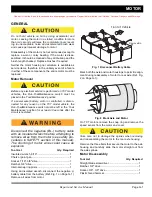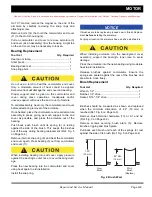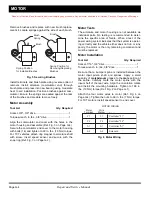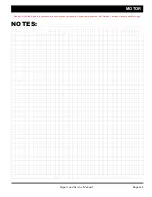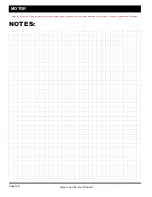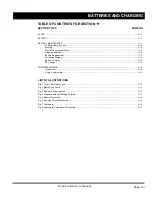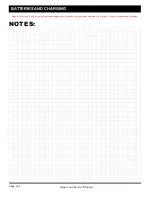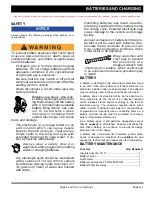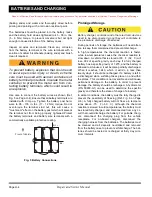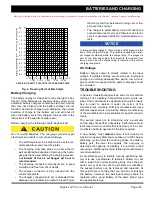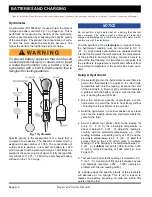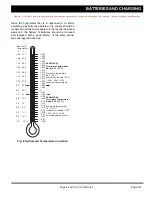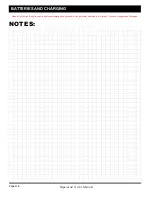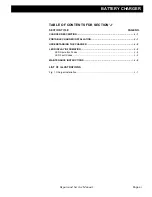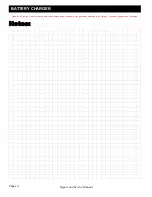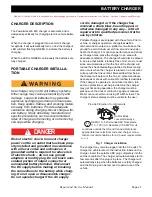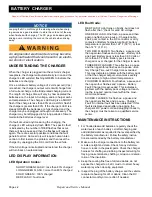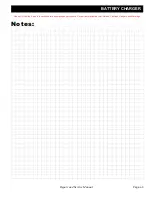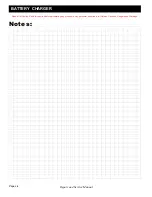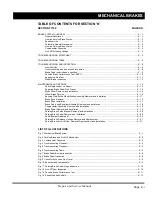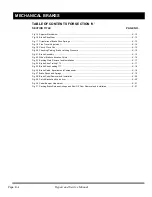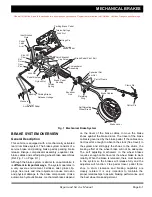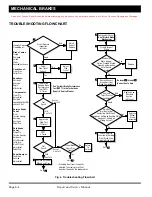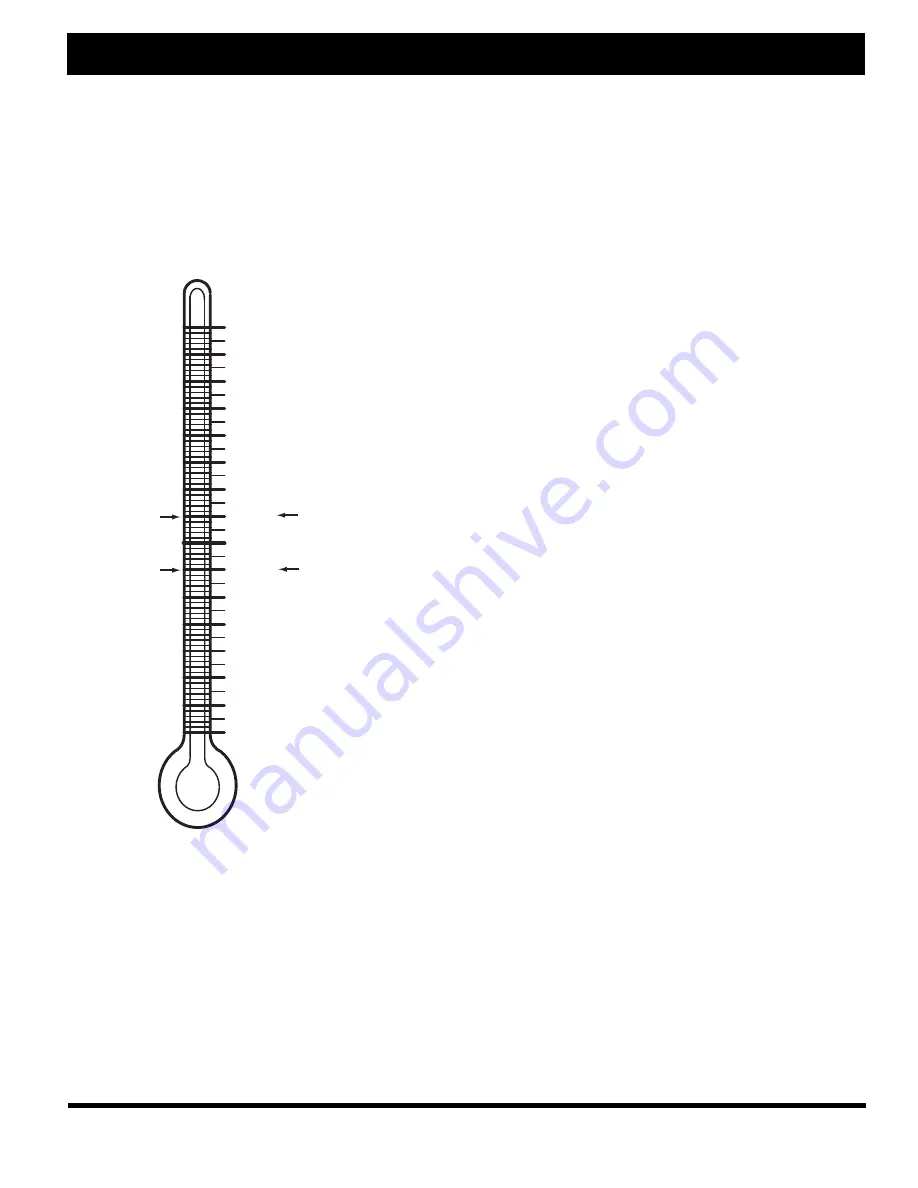
BATTERIES AND CHARGING
Page H-7
Repair and Service Manual
Read all of Section B and this section before attempting any procedure. Pay particular attention to all Notices, Cautions, Dangers and Warnings.
Since the hydrometer test is in response to a vehicle
exhibiting a performance problem, the vehicle should be
recharged and the test repeated. If the results indicate a
weak cell, the battery or batteries should be removed
and replaced with a good battery of the same brand,
type and approximate age.
Fig. 8 Hydrometer Temperature Correction
160
71.1
+.032
+.030
150
65.6
+.028
+.026
140
60.0
+.024
+.022
130
54.4
+.020
+.018
120
48,9
+.016
+.014
110
43.3
+.012
+.010
100
37.8
+.008
+.006
90
32.2
+.004
+.002
80
26.7
0
–.002
70
21.1
–.004
–.006
60
15.6
–.008
–.010
50
10
–.012
–.014
40
4.4
–.016
–.018
30
–1.1
–.020
–.022
20
–6.7
–.024
–.026
10
–12.12
–.028
EXAMPLE #1:
Electrolyte Temperature
Above 80
°
F (27
°
C)
Electrolyte temperature
90
°
F (32
°
C)
Hydrometer reading 1.250
1.250 + .004 = 1.254
corrected specific gravity
EXAMPLE #2:
Electrolyte Temperature
Below 80
°
F (27
°
C)
Electrolyte temperature
70
°
F (21
°
C)
Hydrometer reading 1.250
1.250 - .004 = 1.246
corrected specific gravity
°
F
°
C
Electrolyte
Temperature

